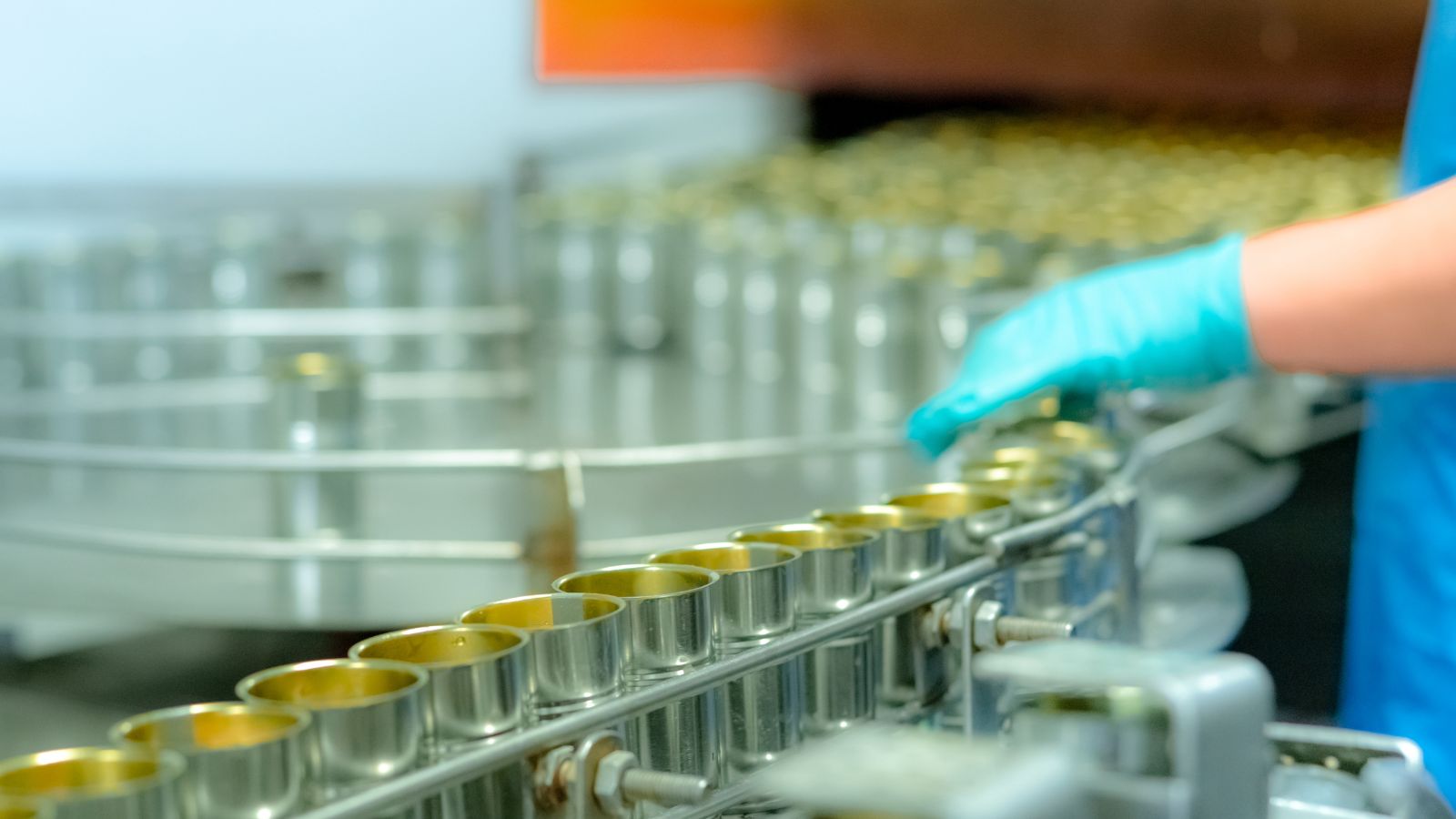In the ever-evolving world of food safety and quality control, food packaging inspection plays a critical role. As we explore the importance and methods of inspecting food packaging, discover how it impacts consumer safety and brand reputation. Food packaging inspection is key to maintaining high standards in the food industry.
What is food packaging inspection?
Food packaging inspection involves examining packaging materials and processes to ensure they meet specific safety and quality standards. This practice is vital in preventing contamination, ensuring product integrity, and protecting consumers from potential health risks. Inspections can include checking for proper seals, appropriate labeling, and the absence of foreign materials.
Why is food packaging inspection important?
Inspections are essential for several reasons, including:
Ensuring consumer safety
The primary goal of food packaging inspection is to protect consumers. By identifying and addressing defects or issues in the packaging, inspectors help prevent foodborne illnesses and allergic reactions. Proper inspections can detect contaminants or spoilage that might otherwise go unnoticed until consumption.
Maintaining product quality
Quality is a cornerstone of consumer trust and brand loyalty. Strict inspection protocols ensure that the quality of the product is maintained from production to the point of sale. This includes checking for proper sealing to prevent spoilage and ensuring that packaging materials do not alter the taste or safety of the food.
Compliance with regulations
The food industry is heavily regulated to protect public health. Food packaging inspections ensure compliance with national and international standards and regulations, avoiding legal issues and potential fines for companies. Staying compliant not only secures a company’s reputation but also reinforces trust among consumers and stakeholders.
Methods of food packaging inspection

There are various methods used in food packaging inspection to ensure safety and quality:
Visual inspection
The simplest form of inspection involves a manual visual check. Employees look for obvious defects such as broken seals, damaged packaging, or improper labeling. While this method is straightforward, it’s also subjective and can be prone to human error.
X-ray and metal detection
Advanced technologies like X-rays and metal detectors are commonly used in food packaging to detect foreign objects such as metal, glass, or stones. These technologies allow for real-time, non-destructive inspection, ensuring contaminants are identified and removed efficiently.
Automated vision systems
Automated vision systems utilize cameras and image processing software to inspect packaging at high speeds. These systems can identify a wide range of defects, including seal integrity issues, incorrect labels, and product misplacements. The increasing capabilities of AI-driven systems offer unparalleled accuracy and efficiency in inspections.
Leak detection technology
Ensuring airtight seals is crucial, particularly for vacuum-packed or protective atmosphere packaging. Leak detection technology uses various methods, such as pressure decay testing and vacuum testing, to identify leaks that could compromise the package and product quality.
Benefits of effective food packaging inspection
The benefits of a rigorous and effective inspection system in food packaging are manifold:
Improved brand reputation
Consistent quality control builds consumer trust and satisfaction. Effective inspections reduce the risk of recalls and negative publicity, enhancing a brand’s reputation in a competitive market.
Reduced waste and cost savings
By catching defects early in the production process, companies can reduce waste and save on costs associated with reworking products or dealing with recalls. This efficiency translates to better overall operational and financial performance.
Enhanced operational efficiency
Streamlined inspection processes using automated systems increase production line speeds and reduce downtime. This translates to higher throughput and more efficient operations, which are critical in meeting market demand swiftly.
Conclusion
In conclusion, food packaging inspection is a fundamental component of the food manufacturing process that significantly impacts safety, quality, and brand integrity. With technological advances, inspections are becoming more efficient and reliable, ensuring the highest standards are met. As consumer demand for transparency and quality continues to rise, food businesses must prioritize stringent packaging inspections to stay ahead in the market.